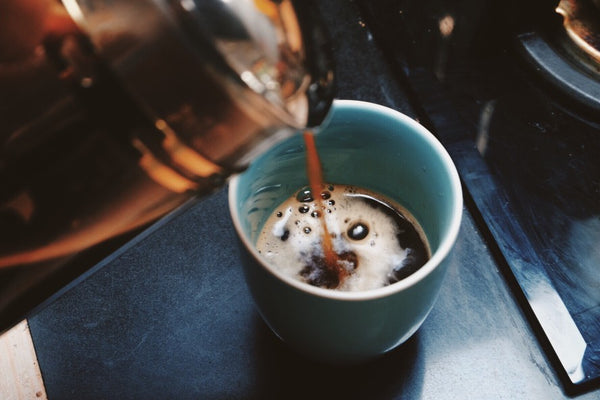
The French Press and the Pour Over are two of the most popular manual home brewing methods today. Each has their own unique traits and makes cups of coffee that have their fanbases. Today we’ll take a quick look at the differences these two brew methods have, what makes them special, and which one is probably the right brewer choice for you.
Equipment you’ll need

When you think of brewing equipment, the standards of a scale and a grinder are certainly part of the core. You start to see differences when the French Press’ simplicity since you won’t need to get a separate filter. The French Press’ design allows you to no longer need paper filters since the mesh filter is already integrated into the press, while you also won’t need a gooseneck kettle since the coffee is immersed rather than poured in a certain way. The pour over will more often than not require a separate filter, whether paper or otherwise, and you’ll also need to use a gooseneck kettle to get the best results for your brew. If you want something with no frills, the French Press is probably the way to go.
Brew method
The French Press makes coffee through what’s called the immersion method. To put it simply, it means having the coffee immersed in water for a set amount of time for the coffee flavors to extract. Once it’s ready, the coffee can be served. Although setup is easier, the time to wait for the brew to be ready can be longer than if you brew coffee using a pour over. As the name implies, you’ll need to pour water over coffee that is run through a filter. This means that once you’ve gotten your extraction right, you can stop pouring water on the bed of ground coffee, while the immersion method could possibly lead to overextraction. Your French Press will also produce fuller bodied coffees, while the pour over will lean towers a light-medium body with a clean finish.Ease of use

There’s no doubt that when it comes to ease of use, the French Press takes the cake over the pour over. With it’s all-in-one design, you don’t have to scramble to find a server for your coffee, or a filter to prepare. It’s partly why a good entry into specialty coffee can start with the proper use of a French Press, since setting up for the pour over may seem intimidating at first when you have to consider the additional things like a gooseneck kettle, filters, a server, and of course which pour over you intend to use.
Brewing timing and control
For brewing time, the pour over can definitely produce the ideal cups quicker than a French Press, since the latter requires beans to be ground coarser, leading to extraction having to take just a bit more time. You also get more control when it comes to the pour over since your style of pouring and the type of pour over you use can dictate the way you’ll want your coffee to be. This leads to more complex cups of coffee, and better extractions overall.As you can see, each of the two styles have their pros and cons. At the end of the day, it’s all a matter of preference in taste and style, so you won’t really go wrong with whichever way you head towards as long as you get the coffee that’s right for you.


